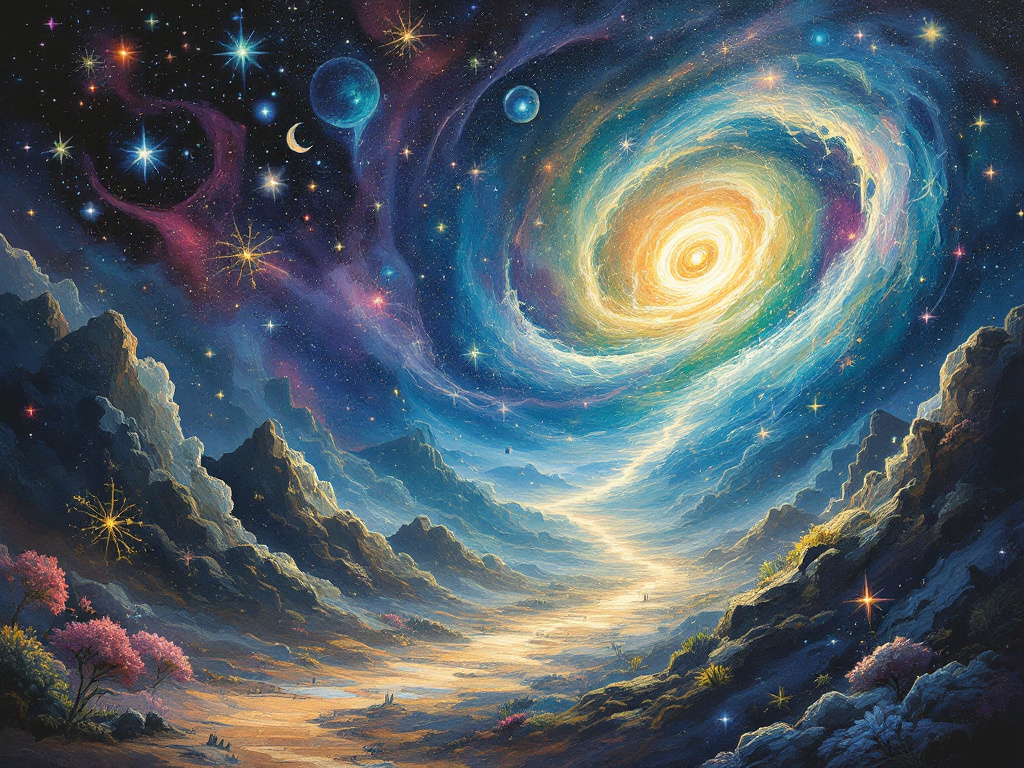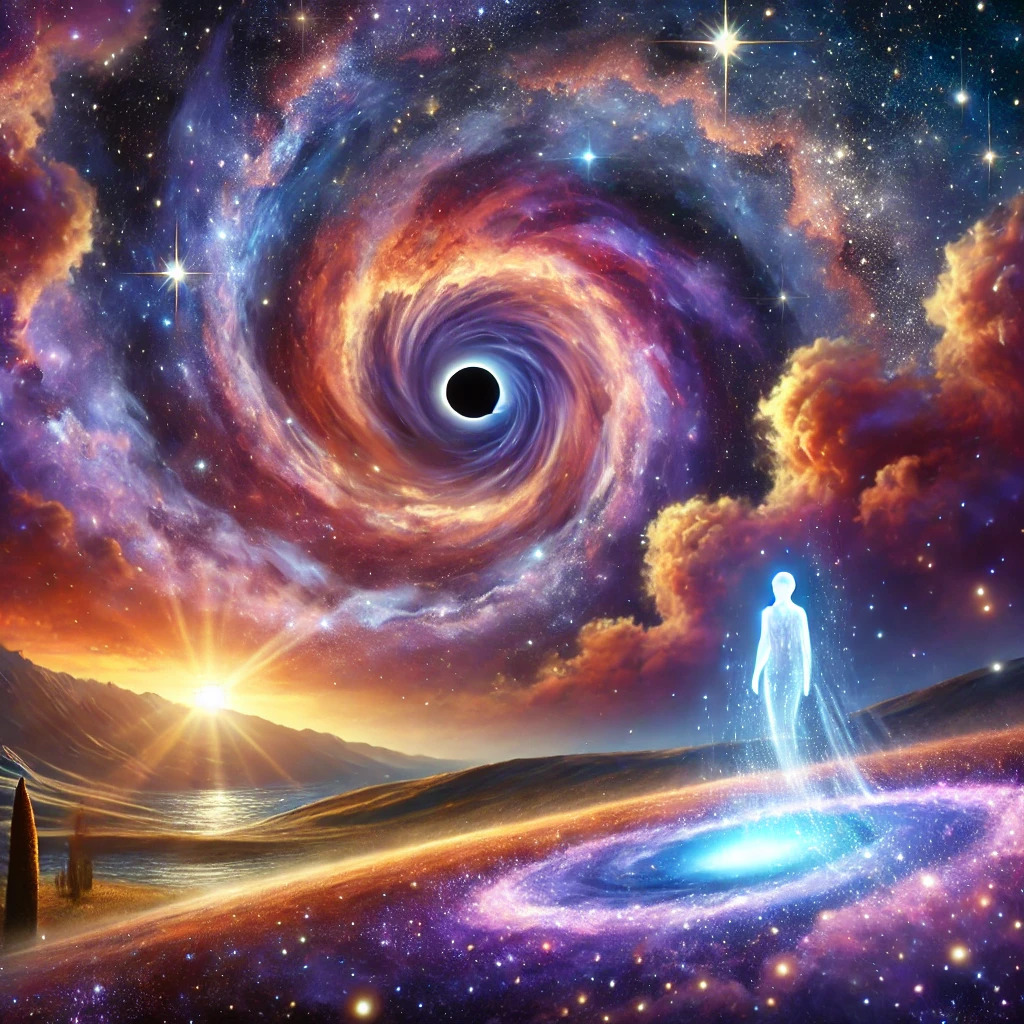Exploring the Fourth Dimension: A Journey Beyond Perception
When we imagine the world around us, we think in three spatial dimensions: height, width, and depth. But what if there were an additional dimension, one that challenges our perception and could completely alter our understanding of reality? The fourth dimension, a concept that has fascinated scientists, philosophers, and science fiction writers, is a gateway to a universe far broader and more mysterious than we could ever imagine.
The Fourth Dimension in History and Science
The concept of the fourth dimension is not new. As early as the 19th century, mathematicians and physicists began theorizing about dimensions beyond the ones we know. At that time, Charles Howard Hinton pushed for a deeper understanding of dimensions, concluding that a fourth spatial dimension could exist but would be invisible to our three-dimensional perception. However, it was Albert Einstein who made the crucial leap, combining time and space into a single entity called "space-time."
According to Einstein's theory of relativity, the fourth dimension is not an additional physical space, but time. This revolutionary idea not only changed the way we understand gravity but also how we view the entire universe. In this new view, space and time are not separate but are interconnected, forming a unified entity we call space-time. Gravity, according to Einstein, is simply the curvature of this space-time caused by the presence of mass.

The Fourth Dimension as Time
For most of us, time is a constant: it flows forward from past to future, never stopping. But in relativity, time becomes a dimension that can be influenced by external factors such as gravity and velocity. Imagine being near a black hole, a cosmic object whose gravity is so intense that it bends space-time itself. As you get closer to a black hole, time begins to slow down for you, while outside the black hole, time may continue to pass much more quickly. This phenomenon is known as time dilation.
As you travel through the universe, if you approach speeds close to the speed of light, you would notice that time slows down for you, while for those remaining on Earth, time continues at a normal pace. This is an example of how time, as the fourth dimension, is shaped by speed and gravity.
Extra Dimensions in String Theory
If we think of the fourth dimension as time, we can’t help but consider other theories suggesting the existence of additional dimensions. String theory, one of the most fascinating hypotheses in modern physics, suggests that the universe is composed of ten dimensions: nine spatial and one temporal. Of these ten dimensions, many could be "rolled up" into scales so tiny that we cannot perceive them, but they might hold the key to explaining mysterious phenomena such as gravity, which appears so weak compared to the other fundamental forces of nature.
According to string theory, extra dimensions might be "compactified" into infinitesimally small spaces that are invisible to our senses but are fundamental in understanding the structure of the universe. It is a theory that challenges our understanding and, if proven, could rewrite the laws of physics.
The Fourth Dimension in Pop Culture and Science Fiction
The fourth dimension is not just an abstract concept for scientists and philosophers; it has also inspired many works in popular culture. The author Edwin Abbott, in his famous Flatland, explores the concept of higher dimensions through the story of an inhabitant of a two-dimensional world who discovers the existence of a third dimension. This book is a great starting point for those who wish to approach these ideas in an accessible and entertaining way.
Science fiction has also fueled our imagination about the fourth dimension. In movies like Interstellar, the fourth dimension is explored through the concept of time travel, where time itself becomes a resource that can be manipulated and traversed, just as if it were a spatial dimension. These stories, though fictional, are inspired by cutting-edge scientific theories and invite us to think about a universe that goes beyond our perceptual limits.
A Reality to Discover
The fourth dimension invites us to look beyond our everyday reality, to imagine a universe that we cannot see but that exists all around us. Whether it’s time, hidden dimensions, or parallel worlds, the fourth dimension challenges us to think about a reality that goes beyond what we can perceive. Perhaps, someday, thanks to quantum physics or future discoveries, we will unlock the secrets of these invisible dimensions. Until then, we can continue to explore, both in science and in our imagination, what might be the beginning of a new understanding of the universe.








Leave a Comment